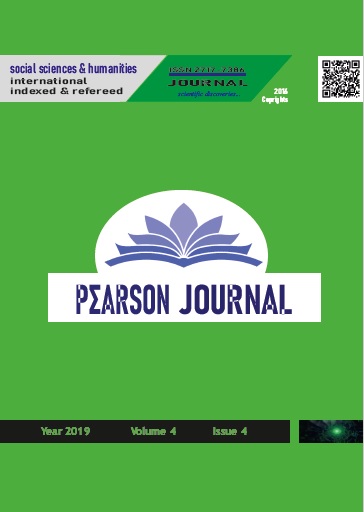TOURISM FACILITIES OF ASTANA CITY
Keywords:
Kazakhstan, Astana, Tourism, Bayterek, Han Şatır, Peace and Agreement Palace, Pyramid, Chord, Independence PalaceAbstract
Astana is located on the right bank of the river Esil in the center of Eurasia, in
a geologically important place. 1994, President Nursultan Nazarbayev decided to move
Almaty, the capital of Kazakhstan, to Akmola in her 30-year development strategy
planning. Astana is the capital of Kazakhstan, one of the leaders in the country's socioeconomic development. The decision to move the capital directly had a direct impact
on the dynamic development of the city, regions and the spatial structure of the country
as a whole. Many types of tourism in Astana have the potential to develop. It is
recommended to evaluate alternative tourism opportunities by using natural resources
as well as cultural resources and local riches. Activities planned for the development of tourism in Astana: cultural tourism, historical tourism, business tourism, nature sports
and farm tourism. It is observed that the planned tourism activities accelerated in the
process that started with the city of Astana as the capital city in 1998, accordingly, the
tourism infrastructure was developed and efforts to integrate historical tourism, which
emphasizes cultural tourism and local features, have increased. The number of tourists
coming to Astana has been increasing recently. In addition, as the historical and
architectural sights, the four buildings of the city consist of new entertainment centers,
magnificent restaurants, shopping centers and different bazaars. The city of Astana has
received many awards due to the large number of religious and historical statues in the
city. In 1999, the city of Astana was given the name '' World city ''




